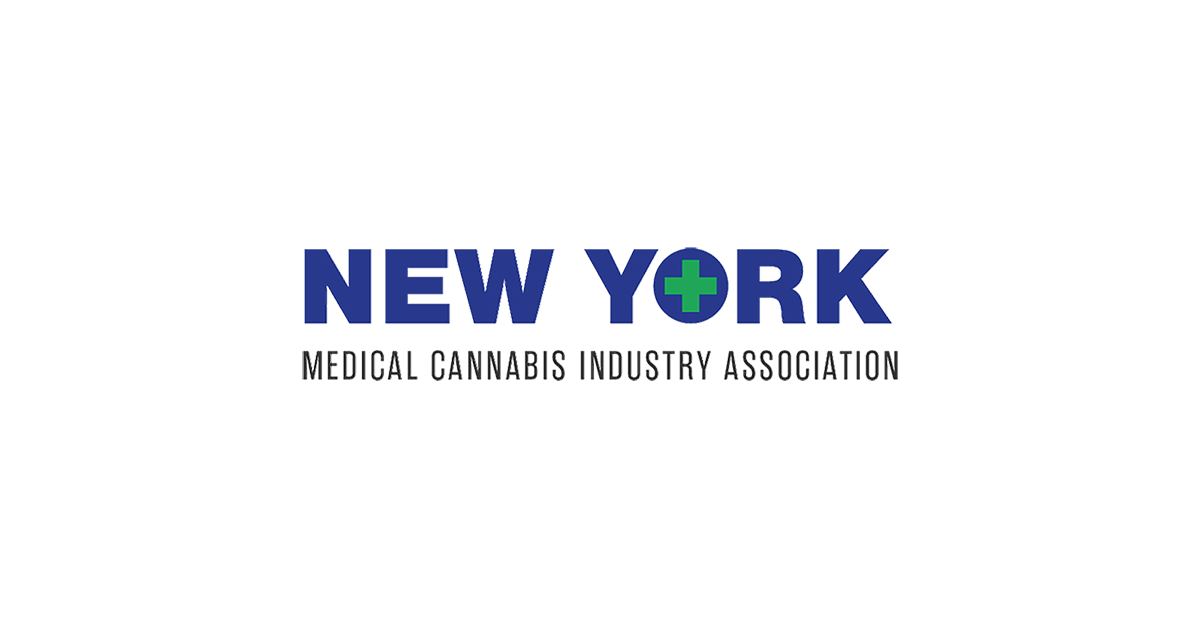Adult-use cannabis was a win for New York. Now the real work begins | Opinion
In the weeks since New York finally passed a law to legalize adult-use cannabis we’ve seen a lot of victory laps and also considerable confusion.
The lawmakers, advocates and cannabis industry operators who worked for years to get the Marijuana Regulation and Taxation Act over the finish line indeed deserve a moment to revel in their success. The final product sets the state up to be a leader in social and economic equity, while also expanding access and improving affordability for medical cannabis patients.
But make no mistake, our work is far from over.
Though it is now legal for New Yorkers to possess up to three ounces of recreational cannabis or 24 grams of concentrated forms of the drug, such as oils, it is not yet legal to buy or sell it except for medical use. The task of creating a regulatory framework for the adult-use market lies with thus far unnamed Cannabis Control Board. The regulations will be implemented by a new Office of Cannabis Management, which also doesn’t exist, though it does have a website.
It is crucial that those who got New York to the position of being the 15th state in the nation to legalize adult-use cannabis remain engaged in the process to assure that the legislative intent of the new law is fully realized, and the resulting program solidifies our reputation as a progressive and forward-thinking leader.
Between the regulatory challenges and the seed-to-sale timeline, it’s unlikely that New Yorkers will be able to purchase adult-use products in retail establishments, try out different strains at a cannabis lounge, or even grow their own plants at home until late 2022. But the new law calls for immediate changes that will vastly improve the state’s medical cannabis program, which has long been one of the most restrictive of its kind in the nation.
These changes, which include allowing the sale of whole flower and allowing medical professionals more leeway when it comes to prescriptions, can be approved under the existing regulatory framework for medical cannabis now overseen by the state Health Department. They should be approved as soon as possible. The thousands of patients across New York who rely on medical cannabis to manage a wide range of ailments and illnesses deserve nothing less.
The legalization of whole flower is perhaps the most significant step New York can take to improve participation and access in its medical program. In Florida, where whole flower was available to medical cannabis patients just days after lawmakers lifted a ban on its sale in 2019, more than 22,000 pounds was sold in just six months. By January 2020, the Sunshine State was selling an estimated $3.5 million to $5 million worth of medical cannabis every week, generating much-needed revenue and creating thousands of jobs.
New York does not have to re-invent the wheel when it comes to regulating cannabis flower, as a ground version of the plant is already legal under the existing medical program. In order to provide both current and future patients with a safe, affordable and accessible product, the state needs to give whole flower the green light, as the MRTA clearly mandates.
New York made significant strides by passing the MRTA, and it was particularly gratifying to see so many women play key roles in that effort. State Sen. Liz Kruger and Assembly Majority Leader Crystal People-Stokes, the bill’s prime sponsors, were tireless in their pursuit of delivering a safe, remunerative, and equitable adult-use program. Their leadership will pave the way for minority and women-owned businesses like mine to successfully enter and thrive in New York’s growing cannabis industry.
We will get there, but it will take time. The first step to ensure the success of this groundbreaking law is to guarantee that medical cannabis patients benefit from its advancements as quickly as possible while preserving both safety and quality alike.
Nick Etten is founder and chair of the Veterans Cannabis Project and senior vice president at Acreage Holdings.
